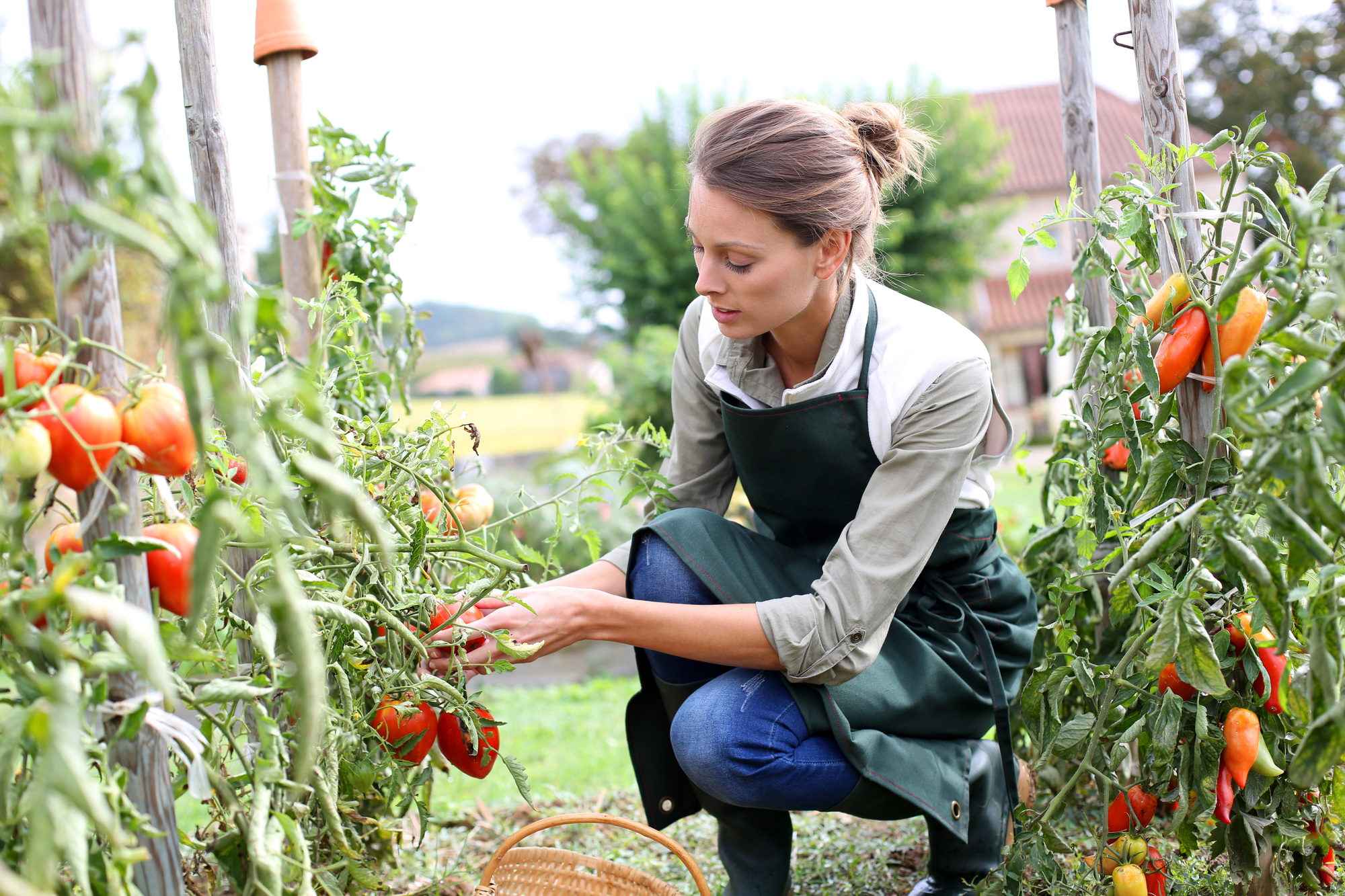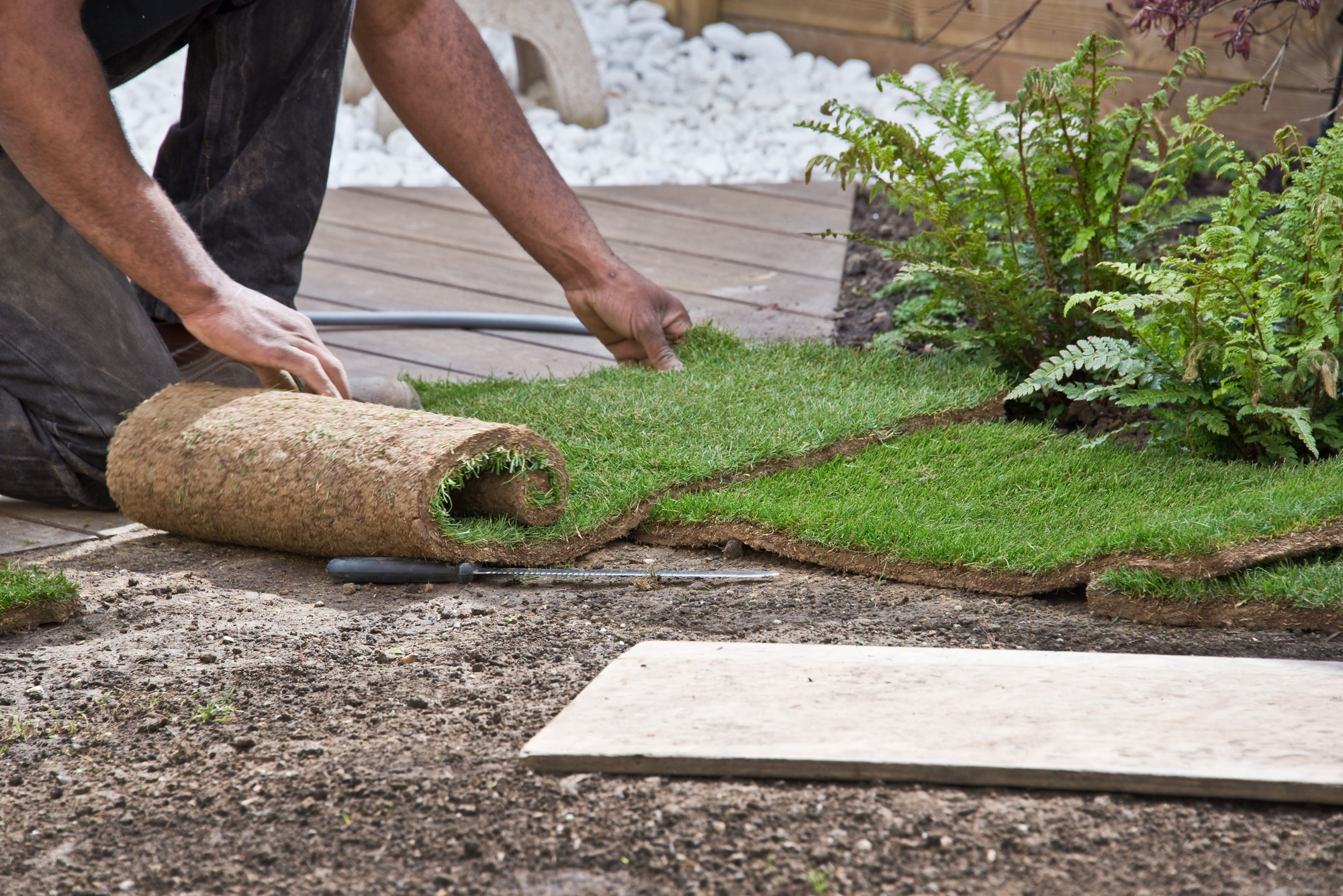Today, about 55% of American households are engaging in gardening activities. No matter where you live, growing plants is a rewarding pastime.
From the vibrant colors of your beautiful blooms to the delicious fruits ripening on your trees, starting a garden will bring you joy wherever you go. But when you’re beginning, it can be easy to miss something, lose track, or do more work than needed.
To help you ease into your garden growing regime, we’ve rounded up some simple gardening tips to help you get started this growing season.
Know the Right Location
The location of your home garden will determine how much sun and shade it gets, what kind of soil it has, and how well it drains. Before deciding on a location for your new garden, it’s essential to research and find a spot that will give your plants the best chance to thrive. Make sure to choose a location for the garden that receives at least six hours of sunlight per day.
Once you’ve found the perfect location for your garden, here are a few things to keep in mind to ensure it gets off to a good start. First, it’s crucial to prepare the soil before you plant anything. It means removing weeds, rocks, or debris and adding compost or other organic matter to the ground to help improve its fertility.
Fertilize at the Right Time
Depending on the plant you are growing, the timing of fertilizer can vary. However, most plants do best when they are fertilized in the spring. They are actively growing and need nutrients to support their growth.
In addition, you also need to be careful about how much fertilizer you use. Over-fertilizing can damage your plants and make them less productive. So, it’s essential to follow the instructions on the fertilizer label and use the recommended amount.
Furthermore, you must ensure you use the right fertilizer for your plants. Many different types of fertilizer are available, so it’s important to choose one designed for your growing plants. Using the wrong kind of fertilizer can damage your plants and reduce your garden’s yield.
Avoid Walking on Your Garden Beds
To avoid damaging your plants, you should avoid walking on your garden beds as this can compact the soil and damage the roots of your plants. If you need a path to walk on, put down a board and make sure to distribute your weight.
Consider the Depth at Which You Should Plant the Seeds
You should plant seeds at a depth of about twice their width. If you plant them too shallow, they may not germinate. If you plant them too deeply, they may not be able to reach the surface.
Another thing to consider is the type of soil you use. If you use too much clay or sand, your plants may not be able to get the nutrients they need.
Avoid Crowding Your Plants
Crowding your plants can lead to competition for resources and can result in weaker plants. It is also vital to ensure that your plants have adequate growing space. Plants that are too close together can also be more susceptible to disease.
Be aware of the mature size of the plants you are growing. If growing plants that will get large, make sure to give them enough space to grow.
Additionally, think about how often you will be harvesting your plants. If you plan on gathering all the time, you must space your plants for it.
Furthermore, consider the amount of sunlight and water each plant needs. Some plants need more sunlight and water than others, so give them the appropriate amount of space.
Don’t Overwork Your Soil
Overworking your soil can lead to compaction, making it difficult for roots to penetrate and making your plants less vigorous. It can lead to excessive erosion and the leaching of nutrients from the soil. Work your soil only when it is necessary, and be sure to give it a rest in between.
Another vital thing to remember is to add organic matter to your soil. It will help improve its structure, drainage, and nutrient content.
Know When to Water Your Garden
Water is one of the most critical factors in keeping your plants healthy, so ensure you know how often to water your garden. Overwatering can be as harmful as not watering enough. Check the soil before you water to ensure that your plants get the needed moisture.
When it comes to watering, the general rule is to water deep and less frequently. Watering in the morning is best, as it gives the plants time to absorb the water before the sun gets too hot. If you water in the evening, the water will sit on the leaves and encourage diseases.
Don’t Ignore Signs of Problems
It’s essential to address problems as soon as possible to prevent them from spreading and becoming out of control. Research to identify the problem and then take appropriate action to treat it.
Some common signs of the disease include wilting, yellowing, spots or lesions on leaves, and stunted growth. Another thing you should not forget to do is to keep the weeds under control. Weeds compete with your plants for resources, so pulling them is essential.
Garden pests are also one thing you should not ignore as they can cause lots of problems to your lawn. They come with diseases that can damage your plants, and they can also feed on your crops.
If you notice any of these signs, investigate further to determine the cause and take appropriate action. Whether using a chemical solution or working to improve the overall health of your plants, taking action is key to a bug free garden.
Enjoy Greener Living by Starting a Garden
If you’re looking for good garden ideas, research beforehand to ensure you choose the right plants for your climate and soil type. Have a plan for how you want your garden to look and what you want to grow. Don’t be afraid to ask for help from a friend or expert if you need it.
Once you get started, be patient and consistent with watering and fertilizing. With a bit of care and attention, you’ll be able to enjoy the fruits (or vegetables) of your labor in no time!
Are you interested in learning more? Visit our blog for more tips and insights, and never miss out!






